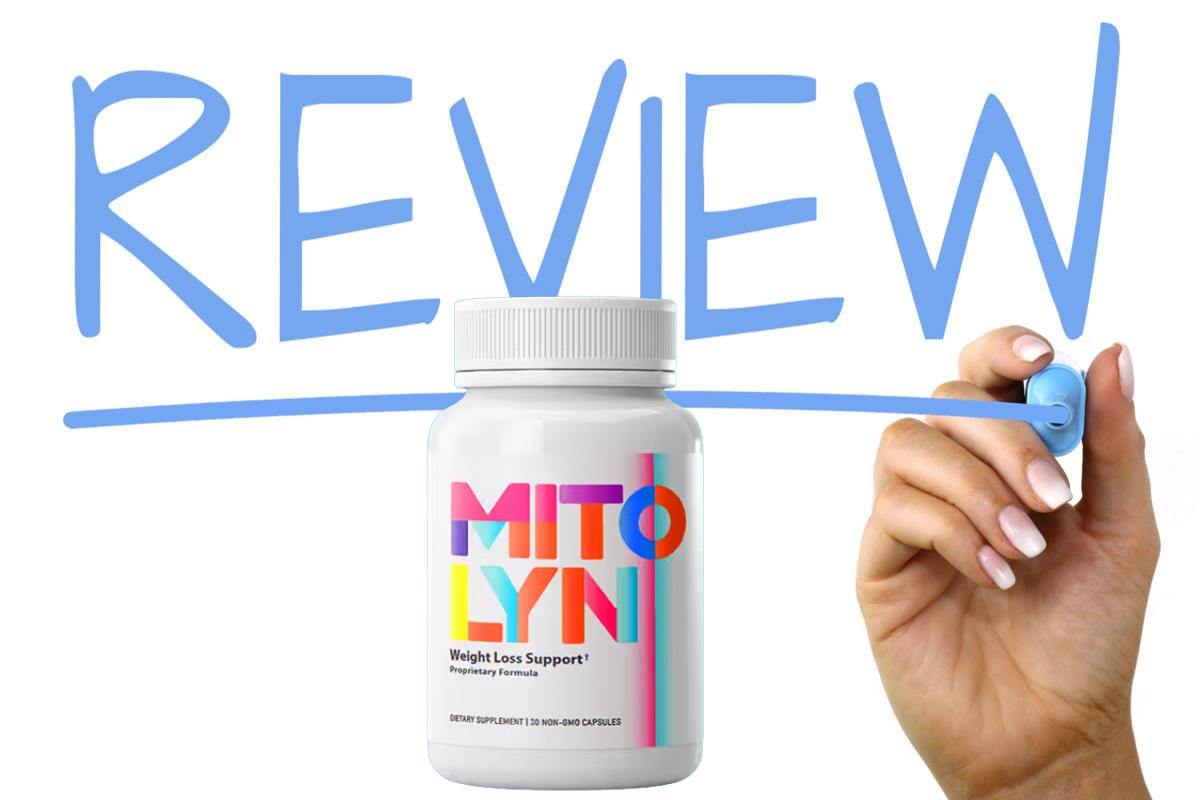As you plan for your healthcare needs in 2025, understanding Medicare costs is vital. Premiums, deductibles, and out-of-pocket expenses will play significant roles in shaping your financial outlook. With projected increases in Part B premiums and potential changes in Medicare Advantage plans, it’s important to grasp how these factors influence your overall expenses. Curious about the specific costs and what drives them? Let’s explore the key elements that will impact your Medicare experience.
Overview of Medicare Costs in 2025
As you look ahead to 2025, understanding Medicare costs is vital for your financial planning. Medicare will play a significant role in your healthcare expenses, encompassing various parts that contribute to overall costs.
You’ll need to reflect on premiums, deductibles, and out-of-pocket expenses. While some costs may remain stable, others could increase due to factors like inflation or changes in policy.
It’s essential to stay informed about what these costs might be and how they could impact your budget. Additionally, reviewing your options for supplemental coverage can help mitigate unexpected expenses.
Projected Premiums for Medicare Parts A and B
While it’s difficult to predict the exact premiums for Medicare Parts A and B in 2025, experts anticipate some changes that could affect your budget.
Currently, most people don’t pay a premium for Part A if they’ve worked and paid Medicare taxes for at least 10 years. However, if you haven’t, you might see a premium increase, possibly ranging from $300 to $600 annually.
For Part B, premiums are projected to rise, with estimates around $170 to $200 each month, depending on your income.
Keep in mind that these numbers could fluctuate based on legislation and healthcare costs. Staying informed will help you plan for these potential expenses as you prepare for your Medicare coverage.
Anticipated Changes in Medicare Advantage Plans
With the projected changes in Medicare premiums for Parts A and B, many beneficiaries are looking closely at their options, including Medicare Advantage plans.
In 2025, you might notice an increase in plan choices and benefits. Insurers are likely to enhance coverage options, focusing on preventive care and wellness programs to attract enrollees.
More plans could include additional benefits like vision, dental, and hearing services, aiming to provide extensive care. Additionally, competition among providers may lead to lower premiums or reduced out-of-pocket costs for you.
As you evaluate your options, consider how these changes could affect your health needs and budget. Staying informed and comparing plans will help you make the best decision for your healthcare coverage.
Impact of Deductibles and Coinsurance on Costs
Understanding how deductibles and coinsurance affect your overall Medicare costs is vital for effective budgeting.
Deductibles are the amount you pay out-of-pocket before your Medicare coverage kicks in. In 2025, higher deductibles could mean more upfront costs for you.
On the other hand, coinsurance is the percentage you pay for services after meeting your deductible. For example, if your plan has a 20% coinsurance, you’ll be responsible for that percentage of your medical bills.
This combination can notably impact your total healthcare expenses. It’s important to review your plan details, so you’re not caught off guard by these costs.
Always factor in both deductibles and coinsurance when estimating your annual healthcare budget.
Factors Influencing Out-of-Pocket Expenses
Several factors can greatly influence your out-of-pocket expenses under Medicare, making it essential to stay informed.
First, the type of Medicare plan you choose—Original Medicare or a Medicare Advantage plan—affects your costs considerably. Medicare Advantage plans often include additional benefits but may also have different copayments and coinsurance rates.
Next, the specific services you use, such as hospital stays or outpatient care, will impact your total expenses. Your geographic location also plays a role, as prices for services can vary widely across regions.
Finally, your health status and frequency of medical visits can lead to higher out-of-pocket costs if you require more care. Staying proactive about these factors can help you manage your expenses effectively.
The Role of Inflation in Medicare Pricing
As inflation continues to rise, it greatly impacts Medicare pricing and your potential out-of-pocket costs. When prices increase, healthcare providers often raise their fees to keep up, which can lead to higher premiums and deductibles for you.
This means you might find yourself paying more for services and medications, even if your coverage remains the same. Additionally, inflation can reduce the purchasing power of your fixed income, making those costs feel even more burdensome.
It’s essential to stay informed about how inflation trends can affect your healthcare budget. By preparing for these changes, you can better manage your Medicare expenses and guarantee that you’re ready for any financial impact that may arise in the coming years.
Legislative Changes Affecting Medicare Costs
While legislative changes can sometimes feel overwhelming, they play an essential role in shaping Medicare costs. Policies that Congress enacts can directly influence your out-of-pocket expenses and coverage options.
For example, adjustments to funding levels or eligibility criteria can lead to shifts in premiums or co-pays. Recent laws aimed at reducing prescription drug prices may also affect your overall healthcare spending.
Additionally, proposed changes to Medicare Advantage plans could impact your choices in providers and services. Staying informed about these legislative updates will help you better anticipate changes in costs and make more informed decisions regarding your healthcare.
Understanding the Aging Population’s Impact on Medicare
Legislative changes aren’t the only factor shaping Medicare costs; the aging population also plays a significant role. As more baby boomers reach retirement age, the number of Medicare beneficiaries continues to rise. This increase drives up demand for healthcare services, leading to higher overall costs.
You might notice that more people require chronic disease management, rehabilitation, and specialized care, which all contribute to rising expenses. Additionally, longer life expectancies mean that individuals are using Medicare benefits for extended periods.
As you plan for your own healthcare needs, keep in mind that this demographic shift will likely impact your future Medicare premiums and out-of-pocket costs. Understanding these trends can help you make more informed decisions about your healthcare coverage.
Conclusion
In 2025, understanding Medicare costs is essential for effective financial planning. With rising premiums for Parts B, changes in Medicare Advantage plans, and increasing deductibles and coinsurance, you need to stay informed. Keep an eye on legislative updates and the broader impact of inflation. By being proactive and understanding how these factors affect your out-of-pocket expenses, you can better navigate your healthcare options and guarantee you’re prepared for the costs ahead.














